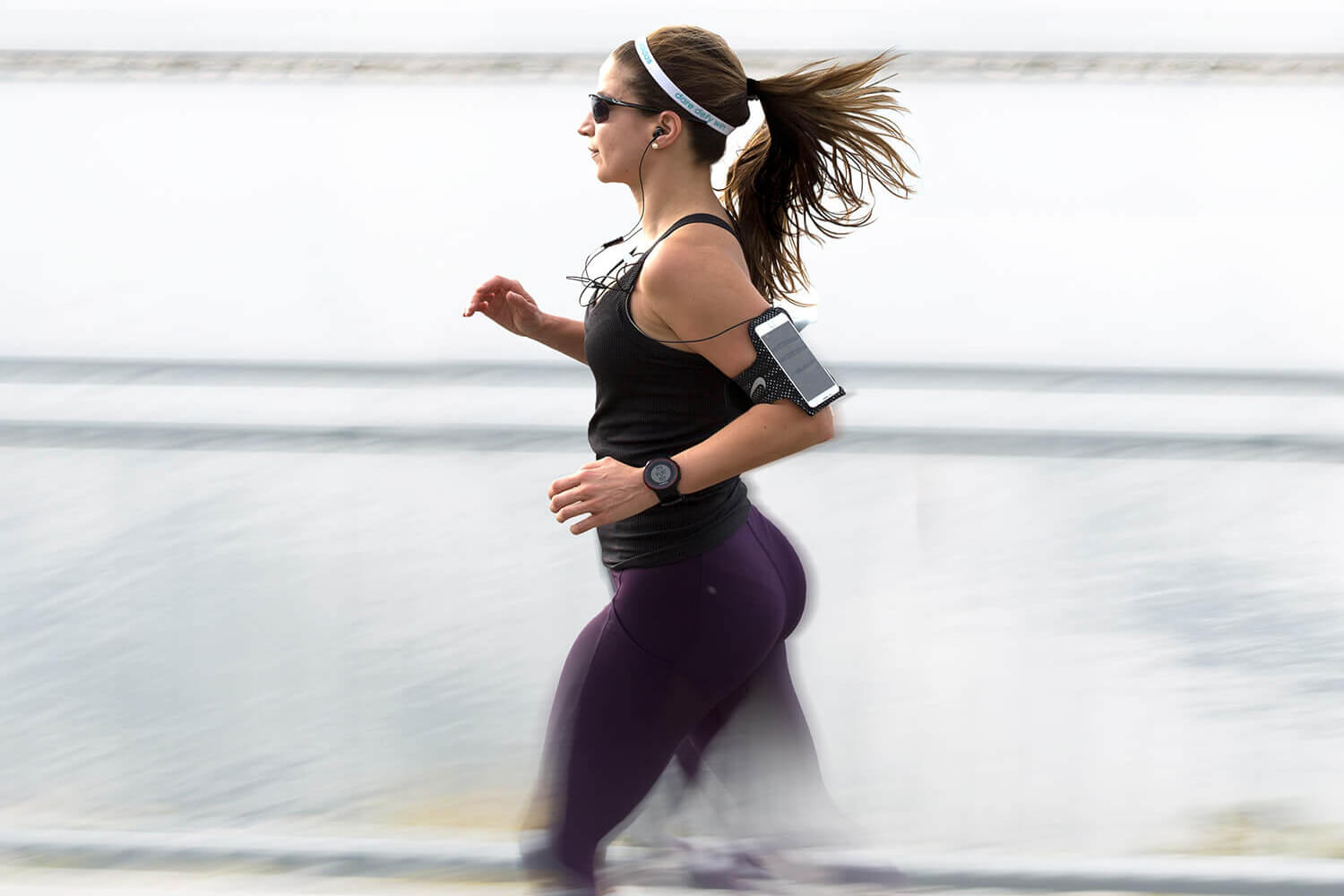One of the worst things that can happen to a runner or any athlete/weekend warrior while in the middle of their weekly routine cardio program is an injury that sets them back for potentially days, weeks or even months! This is where the topic of stretching and a proper warming up is brought up to influence and change the terrible pattern of running with cold muscles and tight fascia.
A proper 10min routine before running can prevent any muscle strains or joint related injuries to never occur while enjoying your 5k run or even a marathon. The unfortunate part is that most runners today are unaware of this or are just not placing enough importance on stretching before and after their run! Working in a rehab setting at a physiotherapy clinic for many years has allowed me to come to this conclusion as we have seen way too many runners come in from injuries that could have been avoided.
Running as sport cannot be taken very lightly as its very physically demanding on your body. The repetitive nature of the movements involved to keep the body moving forward require proper muscle recruitment for prolonged endurance without impacting the joints such as the ankle joint, knee and most importantly hips! In today’s world it’s very common to sit for up to 10 hours a day in the office or at home and then jump onto your local gyms treadmill or go for a run outside afterwards.
When we observe the ratio of time spent moving and stretching during the day compared to time spent being inactive at the desk, it is very easy to predict that when you go for that 5k run in the evening your body won’t feel as free to move as it should. Running is a sport that requires a lot of attention and each athlete needs to be diligent and consistent with taking care of their body by properly stretching daily to avoid future injuries. Allowing your fascia and muscles to shorten and tighten up as days go by while sitting at your office without stretching will increase the chances of that happening drastically.
Target These Areas
1. THE GLUTES (BUTT)
One of the most important muscle groups in our body for running are the glutes! After being inactive and used as a cushion for your body while sitting for hours, this muscle group basically shuts down over time and becomes really tight and weak! A proper glute exercises routine and daily stretching is highly recommended in-order to become the best runner that you can be.
2. THE QUADS
Most of the running work will be done by these guys as a high percentage of runners have fairly weak glutes, the quads take over most of the running load and unfortunately put the knees in a very vulnerable position over time. A proper warm up and dynamic stretch for the quads before running is really important.
3. THE HAMSTRINGS, GROIN AND CALVES
These three muscle groups are one of the most common areas that become shortened and tight with prolonged sitting which puts them at risk of injury when making longer strides in your run. A proper dynamic stretch for your hamstrings, groin and calves before running will help prevent this from happening and give your legs more freedom to move without restrictions.
4. THE LOWER BACK
You probably didn’t think I would mentioned this one! The lower back is a really overlooked area for runners but the truth it absorbs a lot of the impact while running. The reason for this is because due to prolonged sitting and weak glutes, the low back muscles have to kick in to help in every stride due to lack of support from the core and glutes. As this happens the low back muscles become really tight over time and need to be stretched out to avoid injuries. Multi-directional movements for stretching the low back a recommended for having the best run. When stretching, we recommend that each stretch is performed by carefully and gently lengthening the muscles and fascia while taking deep breaths through light movements and holds in a pain free action. Tugging and aggressively pulling on each muscle can be very dangerous and useless to gaining more overall flexibility in the body and freedom in the each joint. Videos on how to perform some of these stretches are soon to come! Hope your

